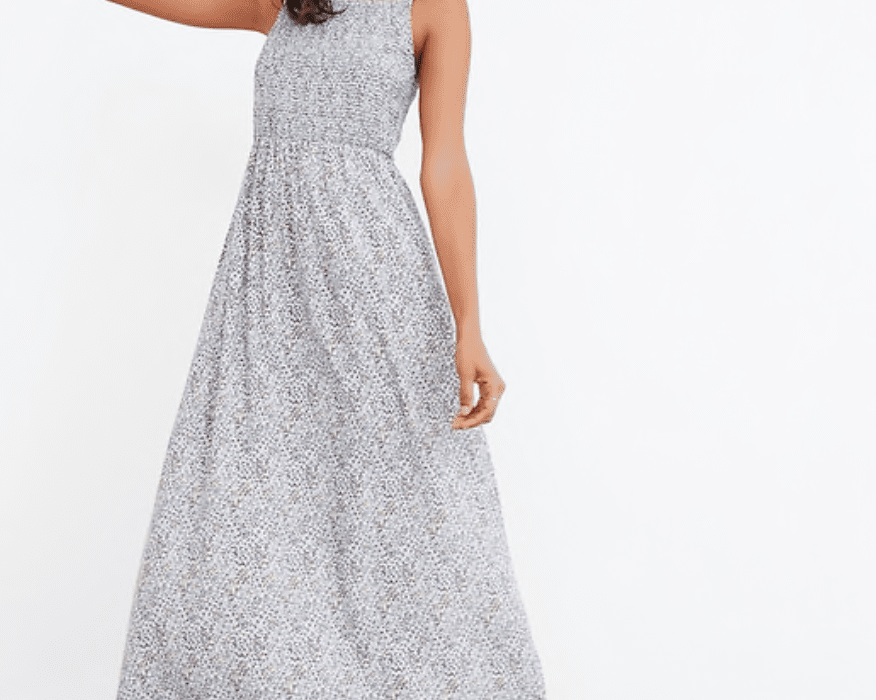Fashion is a mirror reflecting the diverse tapestry of cultures around the world. It’s a language that transcends borders, allowing us to connect with the rich heritage and stories of different societies. In this exploration of cultural influences in dress designs, we embark on a captivating journey through the global fashion landscape, discovering how traditions, values, and aesthetics are woven into the very fabric of our clothing.
From the vibrant patterns of African textiles to the intricate embroidery of South Asian saris, cultural influences have a profound impact on the way we dress. These influences serve as a source of inspiration, shaping both classic and contemporary fashion. Traditional garments, once rooted in specific regions, now grace international runways, showcasing the global embrace of diverse cultures.
Take, for instance, the timeless elegance of the kimono. Originating in Japan, the kimono’s graceful silhouette and artful prints have found their way into modern fashion collections worldwide. Its influence extends beyond the realm of clothing; the kimono’s aesthetics have inspired Western designers to incorporate elements of its design into everything from home décor to accessories.
Cultural influences aren’t limited to traditional wear; they also play a significant role in shaping modern dress designs. The fusion of East and West, for example, has birthed a new realm of creativity. Designers blend traditional motifs with contemporary cuts, resulting in garments that pay homage to cultural heritage while catering to the demands of modern lifestyles.
Moreover, cultural influences extend beyond the aesthetic realm. They often carry profound meanings and symbols, connecting wearers to their roots and beliefs. Symbols such as the lotus flower in Asian cultures or the Maasai beadwork in Africa infuse dress designs with stories that transcend language barriers.
The beauty of cultural influences lies in their ability to evolve and adapt. As fashion continues to evolve, these influences offer a bridge between the past and the present. Traditional garments, once worn only on special occasions, are now reimagined for everyday wear. This evolution is a testament to fashion’s dynamic nature, constantly reshaping and reinterpreting cultural aesthetics.
One of the most remarkable aspects of cultural influences in dress designs is their power to foster cultural appreciation and cross-cultural understanding. Through fashion, we celebrate the uniqueness of different societies while recognizing our shared humanity. Fashion events and exhibitions that showcase diverse dress designs provide a platform for cultural exchange and dialogue, transcending stereotypes and fostering connections.
However, amidst the celebration of cultural influences, there is also a need for sensitivity and respect. The risk of cultural appropriation is ever-present, reminding us to approach the fusion of styles with thoughtfulness and awareness. Collaborations between designers from different backgrounds can be opportunities for cultural exchange, but they should be rooted in mutual understanding and respect.
As we traverse the global fashion landscape, it’s evident that cultural influences are not confined to a single region or tradition. They flow like rivers, crossing continents and merging into a vast ocean of inspiration. Whether it’s the intricate beadwork of indigenous tribes, the elegant draping of Middle Eastern attire, or the minimalist sophistication of Scandinavian design, cultural influences enrich the world of fashion.
In conclusion, the journey through cultural influences in dress designs is a celebration of diversity, creativity, and heritage. Fashion serves as a canvas where cultures paint their stories and traditions, allowing us to embark on a cross-cultural voyage with every garment we wear. As we continue to explore the intersection of fashion and culture, we embrace the beauty of our interconnected world, where the threads of tradition and innovation are interwoven in the fabric of our clothing.












